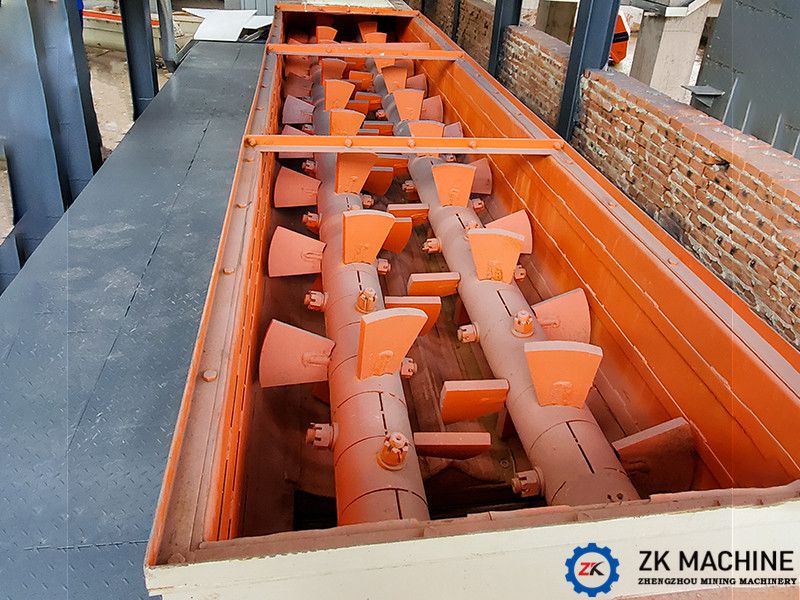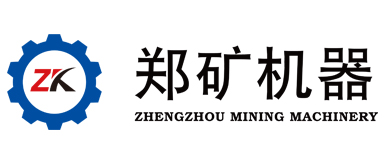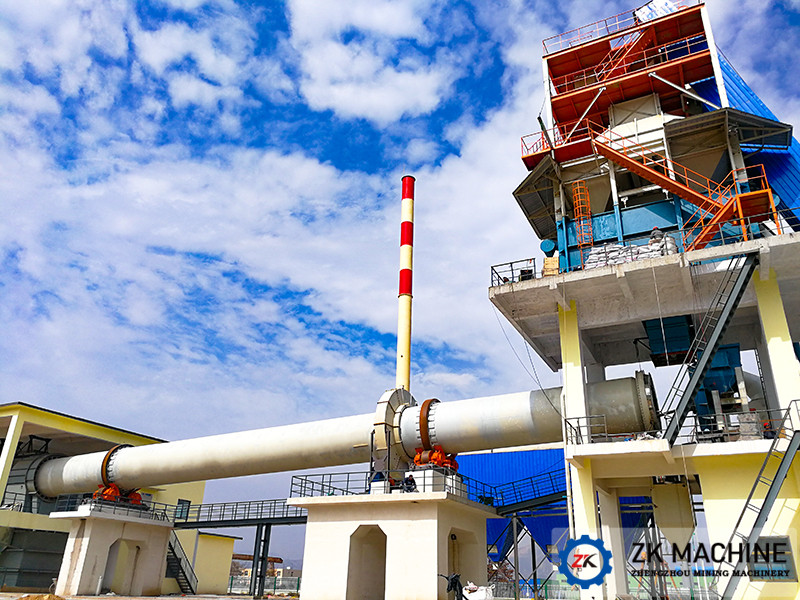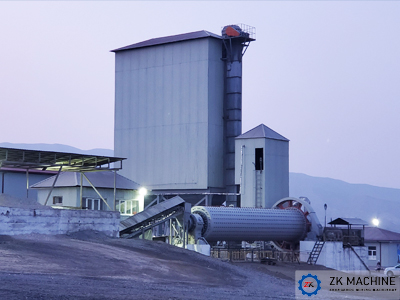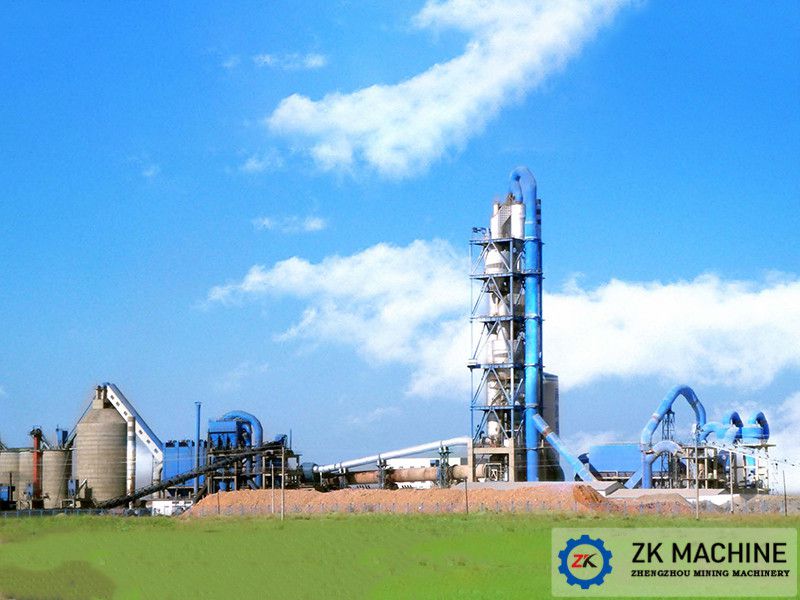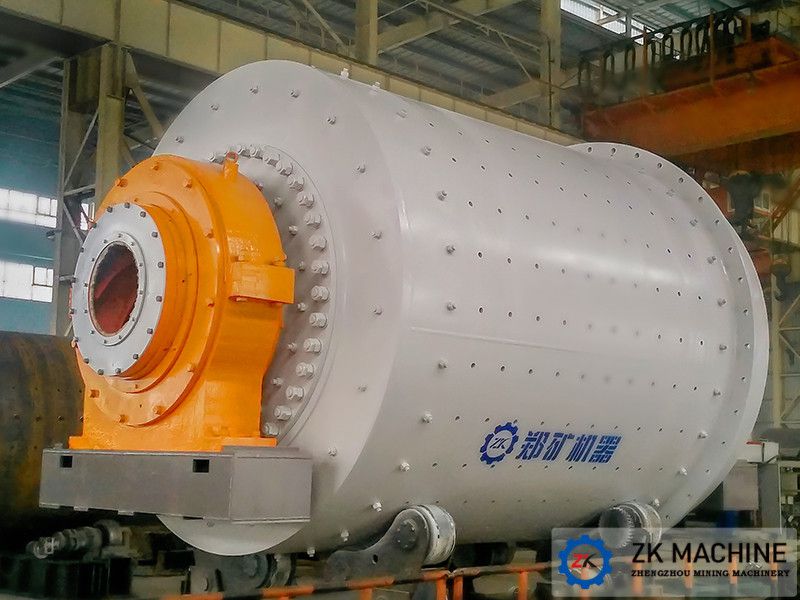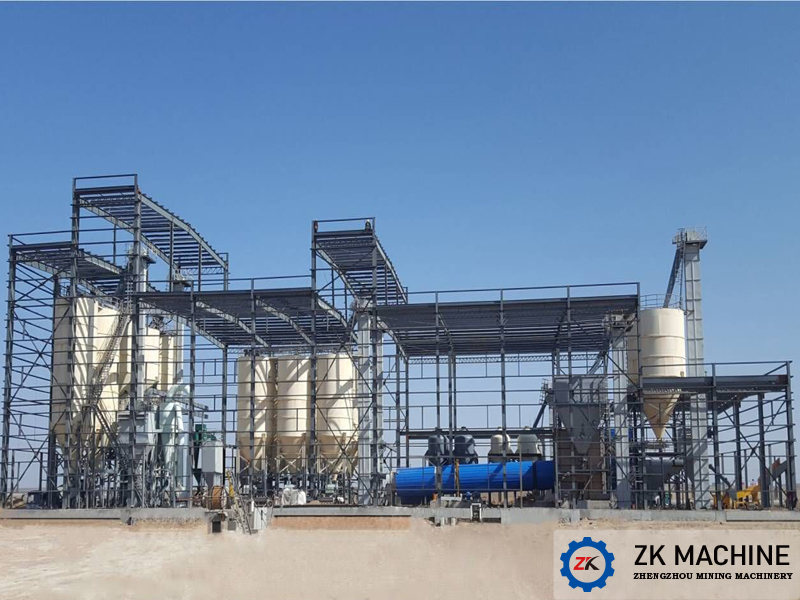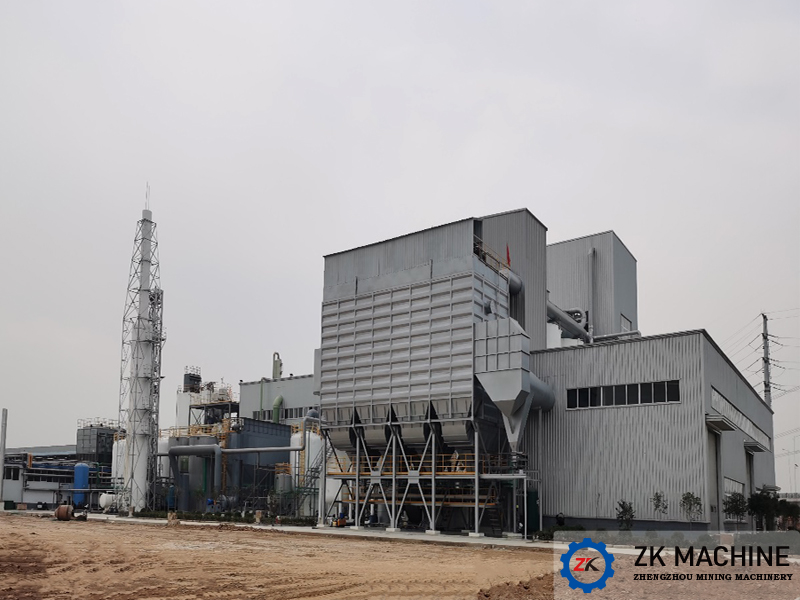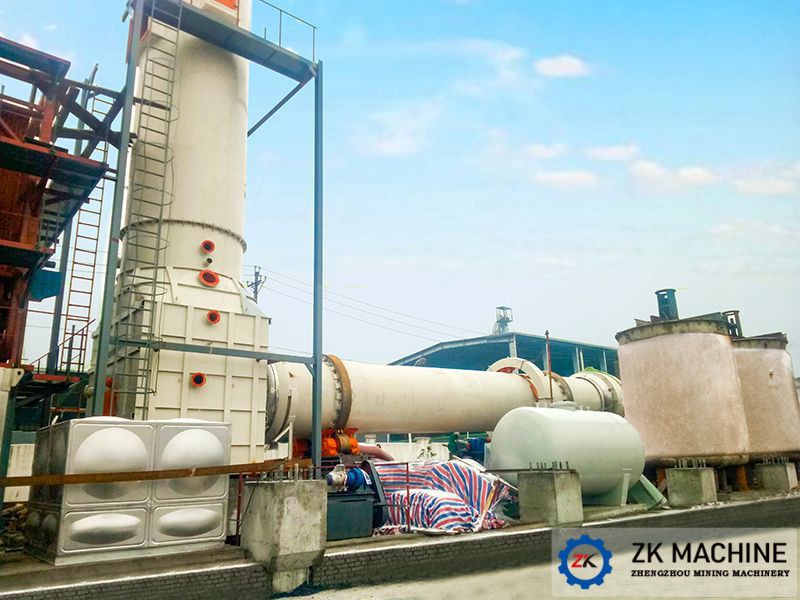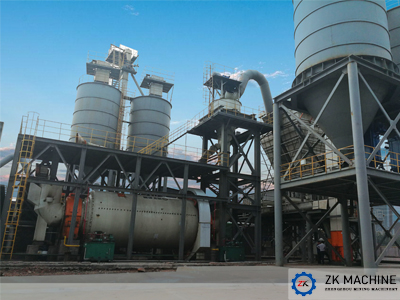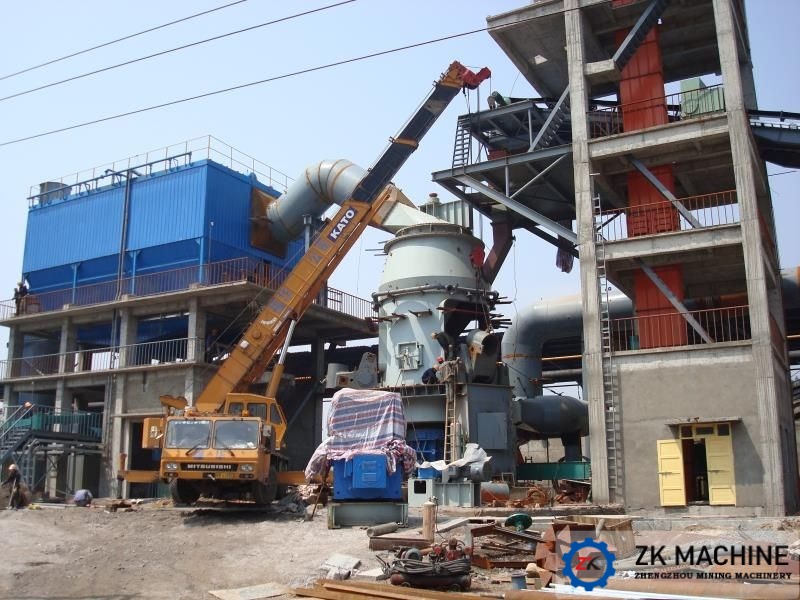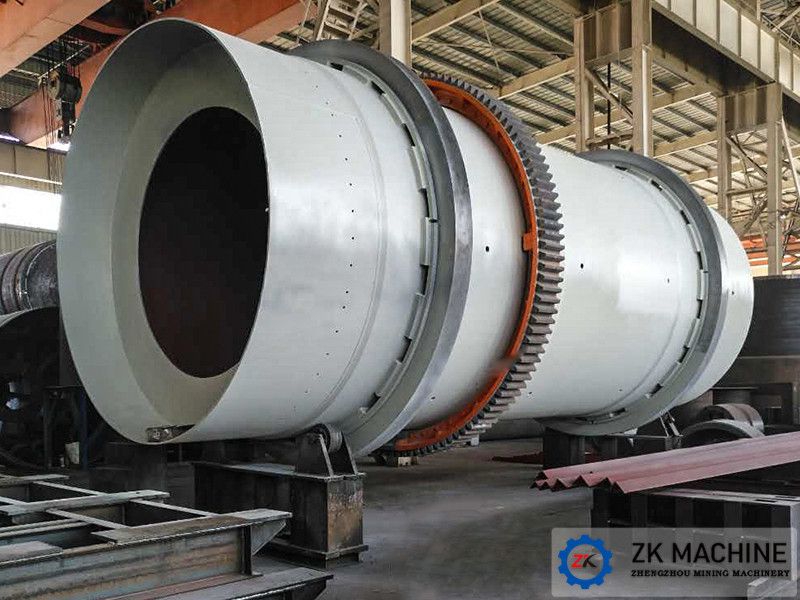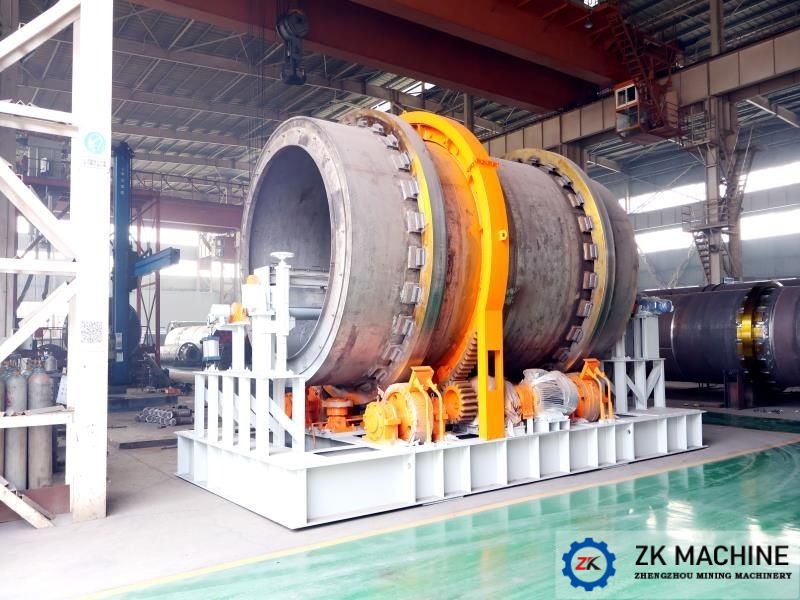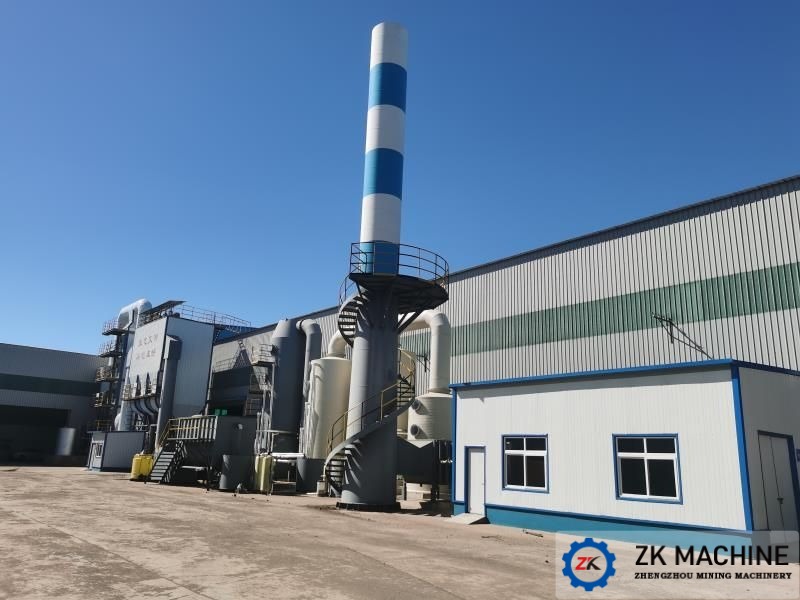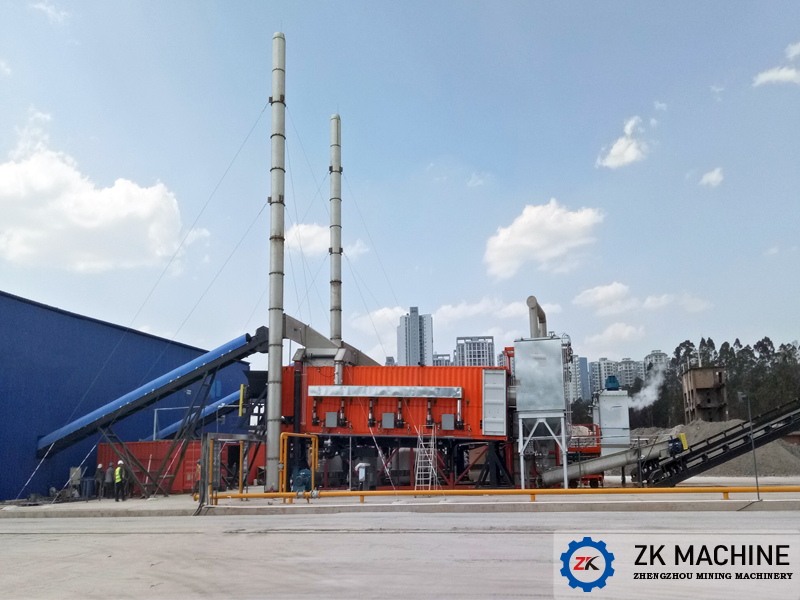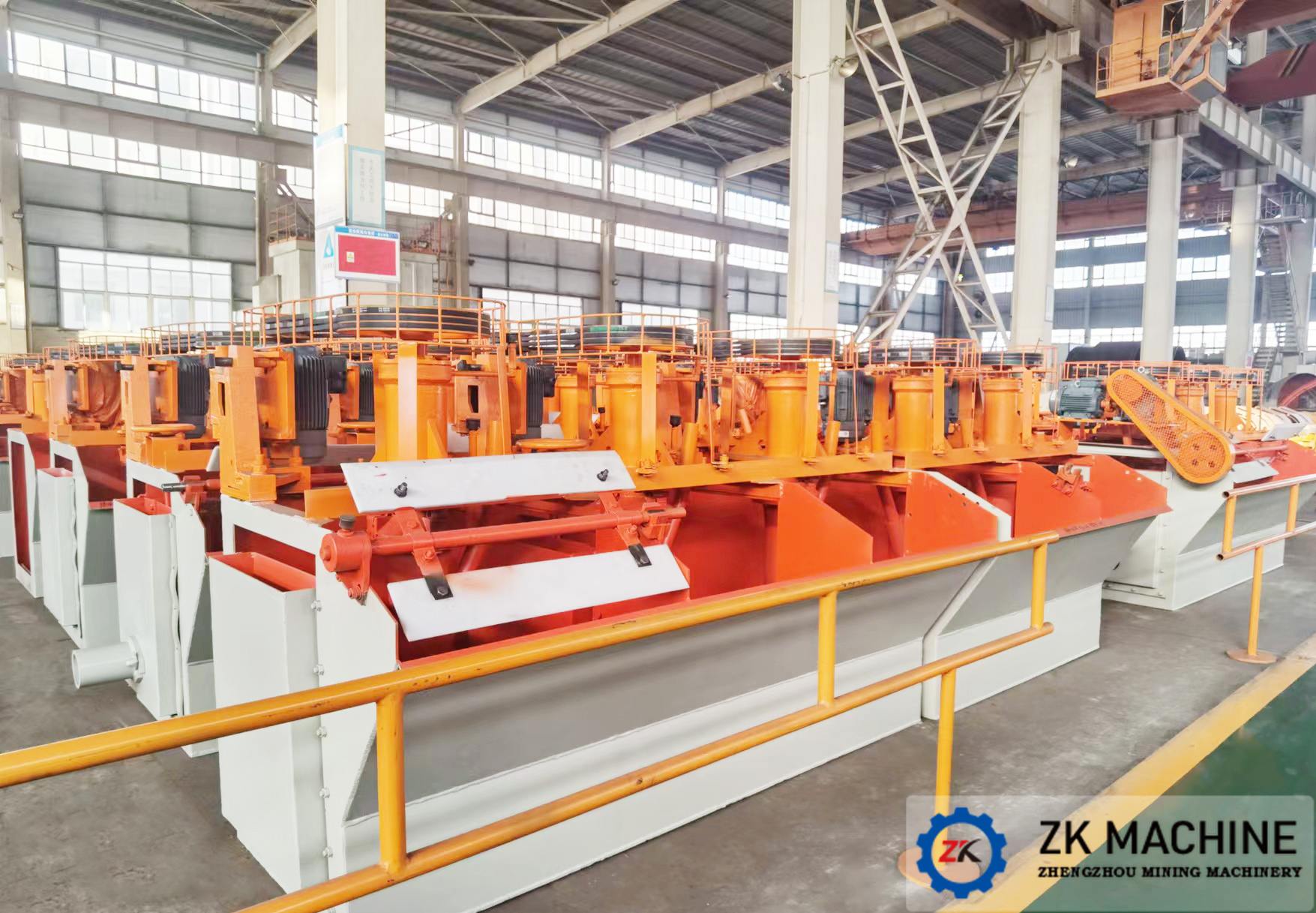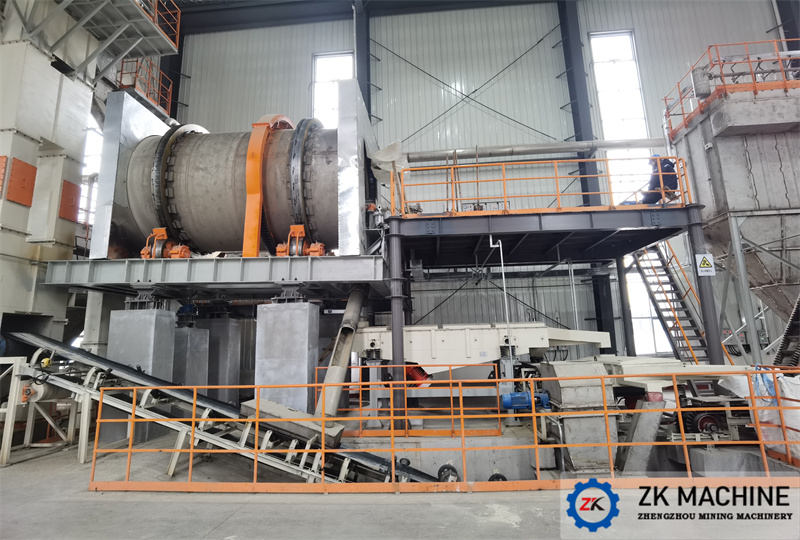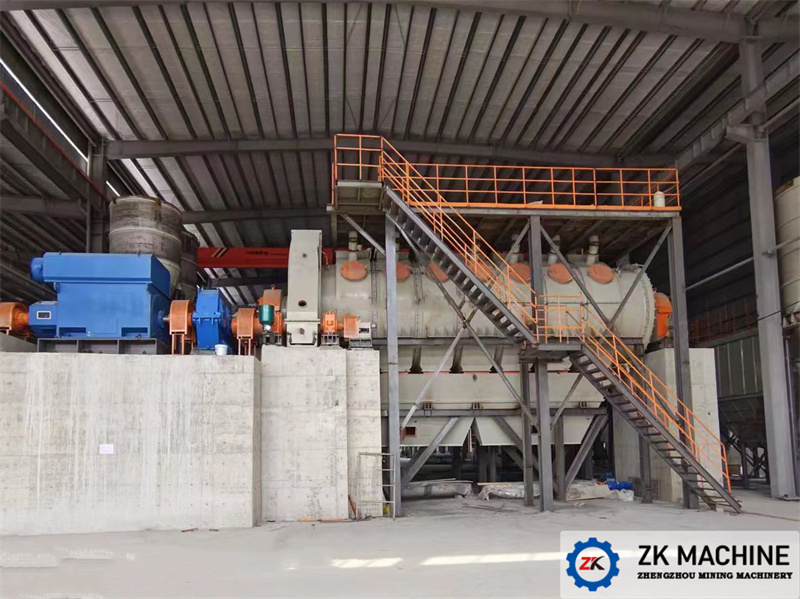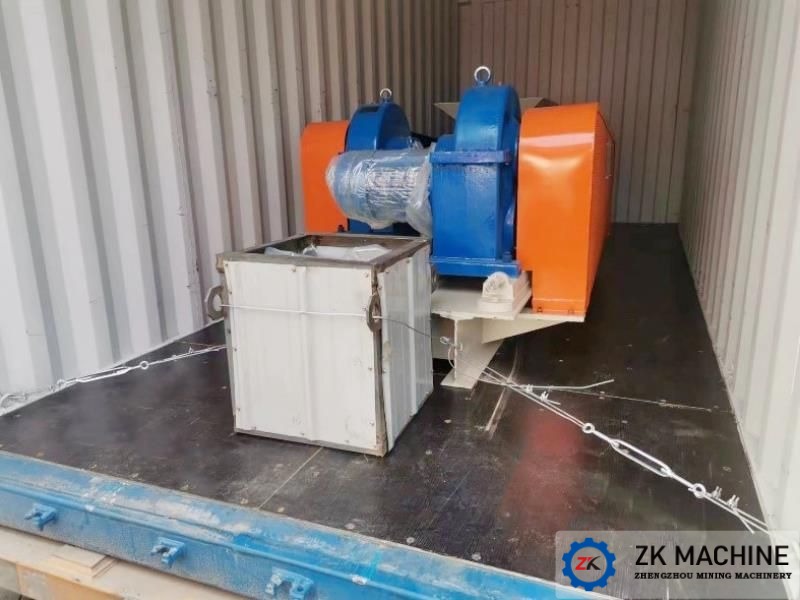Introduction of Twin-Shaft Mixer
In recent years, Henan Zhengzhou Mining Machinery Co., Ltd. has been committed to the development of the ceramsite industry, and has continuously developed, designed, and upgraded new equipment for the ceramsite industry. The twin-shaft mixer is a good representative.
The original twin-shaft mixer was used in the brick and tile industry to mix clay. Water was sprayed during the mixing process to mix the clay evenly for subsequent brick making.
In recent years, Henan Zhengzhou Mining Machinery Co., Ltd. has improved and upgraded the traditional two-shaft mixer, and improved the shape of the shaft, the transmission method, and the combination of the blade and the shaft to a certain extent. The twin-shaft mixer has more functions, and the machine that was originally only used in the brick and tile industry has a new mission.
At present, the twin-shaft mixer produced by Henan Zhengzhou Mining Machinery Co., Ltd. is mainly used for mixing powder or materials with smaller particles. It can mix two or more different materials evenly to facilitate the processing of subsequent processes.
The twin-shaft mixer uses a motor to drive a reducer. The reducer drives two shafts to rotate, and the spiral blades on the shafts are used to mix and transport the material. It can be used for mixing and crushing clay materials in the ceramsite industry; evenly mixing fly ash and other raw materials with aggregates, additives, etc.
It can be designed with an all-in-one structure, with high mixing efficiency, compact structure, smooth operation, clean and environmentally friendly, which can effectively avoid dust, improve the working environment, and meet environmental protection requirements.
The outstanding advantages of this model of twin-shaft mixer are:
1. The entire mixing and conveying process is carried out in a sealed space, with no dust leakage, clean and environmentally friendly;
2. It integrates mixing, humidification and transportation, with good mixing uniformity, high production efficiency and large production capacity;
3. The mixing blades are made of wear-resistant material and have been specially surface treated to have high wear resistance;
4. The whole machine has compact structure, small space occupation, stable transmission, high reliability and low noise.
5. A hydraulic coupling can be used for transmission between the reducer and the shaft, which can effectively protect the motor and reducer when debris enters the machine and the blades are stuck.
6. There is a layer of wear-resistant bearing bushing on the outside of the mixing shaft, which can effectively avoid shaft wear and extend the service life of the double shaft;
7. The mixing blades and shaft are non-welded and fastened with bolts. The blades are more convenient to disassemble and replace, and the maintenance cost is lower.
